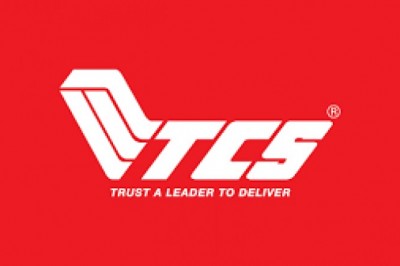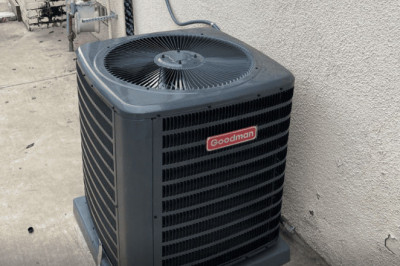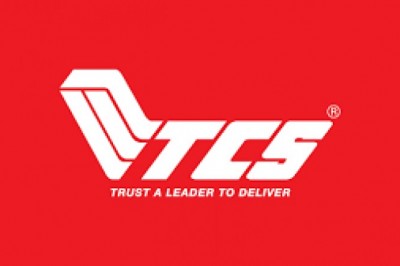views

The propellant tank has been utilized in various space applications such as satellites and launch vehicles for decades, and their application continues to grow. The space sector has been witnessing various developments in the past years due to numerous factors such as cost-effective systems, technological advances, rising private investments by emerging players, and increasing need for better connectivity and communication. The space industry is currently driven by a series of missions, which utilize resources to create value and benefit to the society, globally, in terms of understanding, exploring, researching, managing, and utilizing space. Furthermore, according to the Satellite Industry Association (SIA), the global space economy, as of 2020, was worth $371 billion, consisting of satellite manufacturing, launches, associated services, and ground equipment.
The space-qualified propellant tank, which was an exclusive domain of the U.S., France, and Russia, is now accessible to the other nations as well, in which companies from the U.S., China, Russia, India, and Japan compete. In 2020, the U.S. and France were the dominant countries, wherein propellant tanks were provided by companies such as SpaceX, Ariane Group, and Aerojet Rocketdyne. However, new companies are also entering the propellant tank industry. For instance, in April 2020, Infinite Composite Technologies introduced the first-ever spherical Type V cryotank for storing the cryogenic propellants for launch vehicles and spacecraft such as lunar landers. In addition, there have been considerable achievements by players in the space industry, and propellant manufacturers have shifted their focus from heavy and large-sized satellites to small satellites at affordable costs. Additionally, advancements in propellant tank miniaturization have resulted in low manufacturing costs and increased affordability of satellites and launch vehicles.
In satellites and launch vehicles, a propellant tank takes into consideration for various significant factors in space missions, which includes weight, fuel, power, size, cost, and time of development. Currently, various types of propellant tanks are included in satellites and launch vehicles depending upon the applications and orbit. Propellant tanks are pressure vessels that are used for storing liquid fuels. Additionally, a cryogenic rocket propellant tank (cryo-tank) is used for storing fuel or oxidizer of rocket stages. In 2020, a number of research and development projects were undertaken with respect to propellant tanks to cater to the requirement of high efficiency and non-toxicity during the launch of satellites.
Space agencies and commercial organizations have been developing efficient propellant tanks, which address technologies that enhance existing electric, chemical, and hybrid propulsion systems. These technologies reflect upon the future demand for an increased number of satellite launches by different end users such as government, commercial, and defense. The introduction of xenon and nitrogen tanks in satellites reduced overall weight loss and risk to some extent, and increased performance capabilities. However, the solid fuel engines can significantly be improved by finding a green propellant alternative to current oxidizers, developing domestic sources for critical materials used in manufacturing, and formulating advanced hybrid fuels to get energy density equivalent to solid fuel.
The space-qualified propellant tank market is expected to gain more traction among commercial, and government and military end users. Propellant tanks are procured by private companies and space agencies to deploy in launch vehicles and satellites. In 2020, the market was dominated by commercial end users due to high capital investment in the development of propellant tanks.
The commercial end user basically comprises the commercial industries, such as oil and gas, mining, agriculture, and more, which are utilizing propellant tanks to deploy their launch vehicles and satellites for applications such as Earth exploration, remote sensing, and navigation. However, the commercial end user segment is expected to witness the highest growth during the forecast period, driven by an increase in private investments in technologically advanced space-qualified propellant tanks.
The space-qualified propellant tank market has witnessed numerous such technological developments and strategies in the past few years by the companies to attain their market share in this well-established market. Some of the strategies discussed in this segment include product launches, acquisitions, contracts, and business expansions. The preferred strategy for the companies has been attaining contracts from space agencies and other key players.
North America region comprises the regional markets of the U.S. and Canada. The market for space-qualified propellant tanks is anticipated to grow significantly in the upcoming years. One of the major factors for this is the growing satellite constellations that will be launched in the next ten years (2021-2031). The presence of major space-qualified propellant tank providers such as Northrop Grumman, Moog Inc, and Infinite Composite Technologies within the region and space exploration programs by government and military players are also creating market opportunities.
The global market for the space-qualified propellant tank market is dominated by the North America region, with huge investments and revenue expected to be generated from the U.S. market. Currently, the U.S. is the dominant country that manufactures propellant tanks in North America and is anticipated to remain the same until 2031. However, Canada is investing heavily in the research and development of satellites for space applications and is anticipated to gain prominence in the market during the forecast period.
Business Drivers
The companies in the region are in long-term relationships with space agencies and are engaged in programs such as planetary explorations or deep space explorations that will propel the space sector in the region.
Business Challenges
North America is home to the most established and deep pocket aerospace and defense companies such as Moog Inc and Northrop Grumman. This creates a tough environment for smaller companies to compete with them in the space sector.
Key Questions Answered in this Report:
What are the futuristic trends in the space-qualified propellant tank market, and how is the market expected to change over the forecast years 2021-2031?
What are the key drivers and challenges faced by the companies that are currently working in the space-qualified propellant tank market?
How is the market expected to grow during the forecast period 2021-2031?
What are the opportunities for the companies to expand their businesses in the space-qualified propellant tank market?
Which region is expected to be leading the space-qualified propellant tank market by 2031?
What are the key developmental strategies implemented by the key players to sustain in this highly competitive market?
What is the current and future revenue scenario of the space-qualified propellant tank market?
Download the free sample of space-qualified propellant tank market report:












